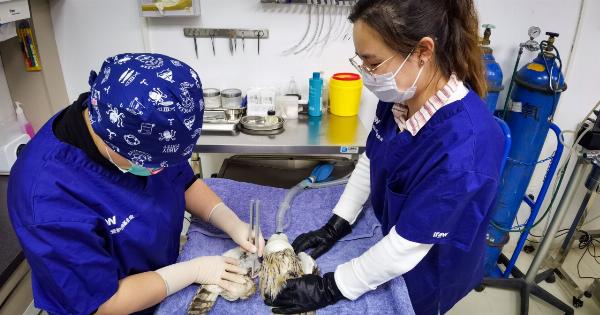Exercise is an essential part of maintaining a healthy lifestyle. Regular physical activity has numerous benefits for our overall well-being.
While there are various types of exercises that target different areas of the body, there is one movement that stands out for its incredible lifesaving benefits. This movement, known as CPR (Cardiopulmonary Resuscitation), has the power to save lives during emergency situations. In this article, we will delve into the importance of CPR, the step-by-step process, and the invaluable benefits it offers.
Understanding CPR
CPR is a lifesaving technique that is performed on individuals experiencing cardiac arrest or sudden cardiac failure.
It involves a combination of chest compressions and rescue breaths that are aimed at restoring the flow of oxygenated blood to vital organs, particularly the brain and heart.
The Importance of Learning CPR
1. Immediate Response:.
In situations where someone suddenly collapses and is unresponsive, immediate action is crucial. By performing CPR, you can help buy time for professional medical assistance to arrive.
Every minute that passes without CPR reduces the chance of survival by approximately 10%.
2. Increased Survival Rates:.
Cardiac arrests can occur anytime, anywhere, and to anyone – including loved ones, friends, or even strangers. By knowing how to perform CPR, you significantly increase the chances of a victim surviving until they can receive advanced medical care.
Research has shown that immediate CPR can double or even triple the survival rates from cardiac arrest.
3. Feeling Empowered:.
Learning and regularly practicing CPR can empower individuals to take immediate action during emergencies. It can instill a sense of confidence knowing that you possess the skills to potentially save a life.
There is a great peace of mind that comes with this knowledge and preparation.
Steps to Perform CPR
Performing CPR involves a series of steps that are designed to provide the best possible chance of saving a life. While it is recommended to receive formal CPR training to better understand the technique, here is a simplified version of the steps:.
1. Check for Safety
Prioritize your safety and ensure the surroundings are safe for both you and the victim. If the area is hazardous (e.g., a busy road), contact emergency services before attempting CPR.
2. Assess Responsiveness
Gently tap the victim and shout to check if they respond. If there is no response or only gasping sounds, assume they are unresponsive and proceed to the next step.
3. Call for Help
Contact emergency services or ask someone nearby to call for help. Provide clear and concise information about the situation. If possible, ask someone to fetch an automated external defibrillator (AED) if one is available nearby.
4. Perform Chest Compressions
Place the heel of one hand on the center of the victim’s chest (slightly above the lower half of the sternum). Place your other hand on top and interlace your fingers. Position your shoulders directly above your hands.
Apply pressure to compress the chest at least 2 inches deep. Perform chest compressions at a rate of 100-120 compressions per minute.
5. Provide Rescue Breaths
Tilt the victim’s head back slightly, pinch their nose shut, and create a seal by placing your mouth over theirs. Give two rescue breaths, each lasting about one second and making sure the chest clearly rises with each breath.
6. Continue CPR
Repeat the cycle of 30 chest compressions followed by two rescue breaths. Maintain the pace and continue performing CPR until professional help arrives or the victim shows signs of regaining consciousness.
The Lifesaving Benefits of CPR
1. Brain Oxygenation:.
During cardiac arrest, the brain is deprived of oxygen. By performing CPR, you help manually circulate the blood and deliver oxygen to the brain. This prevents brain damage and increases the likelihood of a full recovery.
2. Maintaining Circulation:.
CPR is essential for maintaining blood circulation, even if the victim’s heart has stopped. The chest compressions generate enough pressure to stimulate the heart and keep the blood flowing to vital organs.
3. Preventing Tissue Damage:.
Without CPR, the lack of oxygenated blood can cause irreparable damage to major organs such as the heart, liver, and kidneys. CPR buys valuable time until advanced medical treatments, such as defibrillation, can be administered.
4. Community Resilience:.
The widespread knowledge of CPR within a community can significantly improve survival rates during emergencies.
By training more individuals and raising awareness about CPR, we build a stronger and more resilient community that can respond effectively to cardiac events.
Conclusion
CPR is, without a doubt, a critical skill that everyone should learn. It equips individuals with the ability to save lives during emergencies and ensures a better chance of survival for victims of cardiac arrest.
By understanding the importance of CPR, the step-by-step process, and the incredible benefits it offers, we can create a safer and healthier community.






























